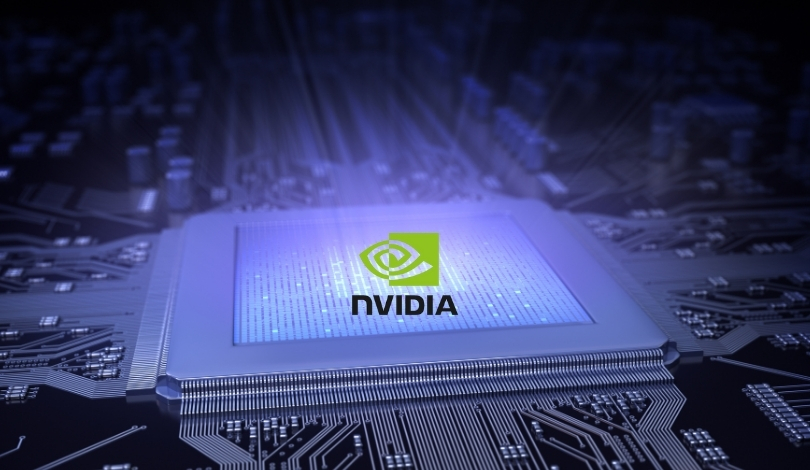Major industry players Meta and Oracle have selected NVIDIA’s Spectrum-X Ethernet networking switches to modernize their AI data centres, targeting the growing computational needs of advanced AI systems. This move reflects broader industry trends, as organizations seek to manage huge AI models spanning trillions of parameters across increasingly complex hardware clusters. As cloud computing becomes central to enterprise operations, seamless and efficient connectivity is emerging as a primary challenge for scaling AI workloads while maintaining speed and reliability. The shift represents a commitment to open networking solutions that can underpin future generations of AI-powered services and business applications.
Meta and Oracle had previously focused on proprietary or less specialized networking equipment for their infrastructure, which often limited efficiency at scale. Reports from earlier years highlighted the growing stress on data centres as AI adoption surged, especially with larger models greatly increasing the need for fast, reliable interconnections. Now, their move toward NVIDIA Spectrum-X and the collaborative push for open networking frameworks suggests a clear pivot from prior more siloed systems to architectures built expressly for large-scale AI deployments. Industry analysts previously questioned how organizations would keep up with the steep rise in network demands; recent solutions like Spectrum-X appear to provide a concrete step toward meeting those challenges by integrating optimized hardware and software for AI performance. This development indicates a more unified approach aimed at tackling both technical bottlenecks and operational scalability across the industry.
How Will Spectrum-X Change AI Data Centre Operations?
Spectrum-X switches will serve as high-speed links between millions of GPUs in data centres, streamlining the training and deployment of ever-larger AI models. NVIDIA CEO Jensen Huang described the technology as a connecting “nervous system” for AI factories.
“Spectrum-X allows us to connect millions of GPUs efficiently, helping customers train and deploy AI models faster,”
said Mahesh Thiagarajan, executive vice president at Oracle Cloud Infrastructure. By integrating Spectrum-X, both companies expect to maximize performance per watt and enable faster scaling across global clusters.
What Technical Strategies Support These Expansions?
NVIDIA’s MGX platform and modular approach empower partners to blend CPUs, GPUs, storage, and networking based on changing needs. The system’s flexibility, alongside its compatibility with multiple software solutions — including FBOSS, Cumulus, SONiC, and Cisco’s NOS — enables hyperscalers and enterprises to standardize deployments across generations and locations. NVIDIA also invests in energy efficiency, collaborating with power and cooling vendors to adopt features like 800-volt DC delivery and power-smoothing technology, thereby reducing heat loss and energy peaks in data centres.
How Do Enterprises Ensure Cross-Centre Consistency?
The Spectrum-X stack incorporates adaptive routing and real-time congestion control, which maintains predictable performance even as networks stretch across regions. Technologies such as NVLink and XGS allow organizations to unify data centres via long-distance high-speed connections, forming large-scale “AI super factories” capable of handling distributed computing and evolving AI demands.
“Our next-generation network must be open and efficient to support ever-larger AI models and deliver services to billions of users,”
explained Gaya Nagarajan, Meta’s vice president of networking engineering.
Meta’s and Oracle’s deployment of Spectrum-X signals a growing industry consensus around the need for specialized networking designed for AI. As AI workloads scale, both companies are investing in hardware and software innovations — from Niger’s MGX racks to improvements in software frameworks and energy systems — to ensure that centres can sustain the training and inference of trillion-parameter models. The open and flexible nature of their chosen solutions, along with enhanced interoperability, is likely to influence industry standards in the next phase of AI infrastructure growth.
Organizations developing or expanding AI-driven infrastructure will need to assess both hardware and software considerations. Embracing a modular architecture, adopting power-efficient solutions, and ensuring interoperability with open networking platforms are becoming central to maintaining cost-effective and resilient data centre operations. Companies are encouraged to review ongoing technical guidance and collaborate across hardware, networking, and software teams as they transition toward supporting more sophisticated AI workloads and distributed models. These choices will have lasting impact on both operational agility and the allocation of capital resources as AI technologies evolve.










